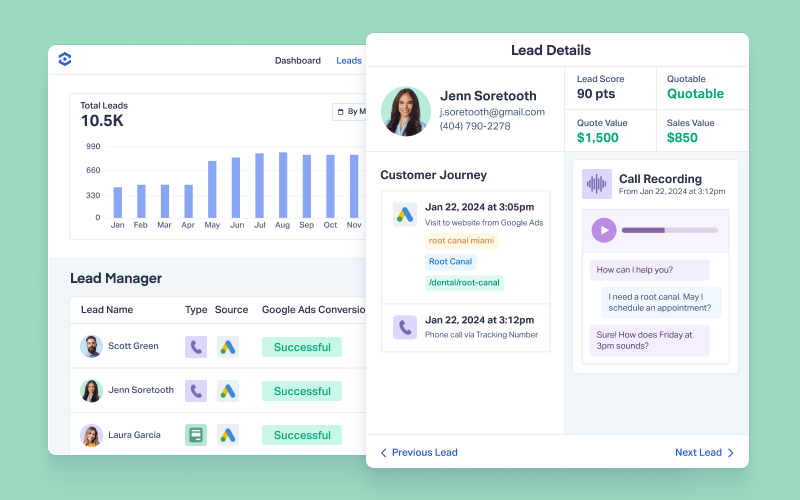
For years, many marketers have treated traditional channels like radio and TV as old news. The idea was that digital would take over and measurement would get easier because everything would be online.
But that didn’t happen.
Traditional channels still work. But they work best when they’re used together with digital: Radio drives search traffic. TV boosts online performance. Print ads spark social engagement.
The problem is that most marketers can’t see the combined impact. Nielsen’s 2025 Annual Marketing Report shows that only 32% of marketers now measure traditional and digital channels together. Last year, that number was 38%.
The media mix is evolving, while marketers’ ability to track success across that mix is falling behind.
Marketers need a unified view. Without it, they aren’t optimizing—they’re guessing.
Channels Lift Each Other—But You Can't See It
We know that traditional and digital campaigns drive greater impact than digital alone. Nielsen research found that cross-platform campaigns with both TV and digital ads reached 59% of target audiences, compared to just 12% that were reached by digital alone.
That’s nearly 5X more reach thanks to traditional media. But when that success occurs, marketers don’t have the tools to track it.
Marketing data lives in silos:
- Google Ads shows clicks and conversions
- Meta shows engagement
- Call tracking logs phone leads
- Traditional media (radio, TV, print) exists in separate systems
Each channel generates its own data, in its own format. The result? You see fragments, not the full customer journey.
Combined, traditional and digital reach more people, more effectively. But the impact is invisible without unified measurement.
"We know from experience that digital and traditional channels lift each other up. Radio, for instance, has proved to be a great addition to digital media mixes. Linear TV and CTV are another clear example. But those synergies can't be realized if marketers are discouraged to even try."
From Chaos to Clarity: Unlocking the Power of Data-Driven Marketing (Nielsen)
Why Blind Spots Matter
When you can't connect traditional ads to conversions, you can't prove the value of that spend. Leadership sees the cost but not the contribution. Traditional channels get cut—not because they don't work, but because their impact is invisible.
A $10,000 radio campaign drives 200 branded searches that convert through Google Ads. Attribution goes entirely to Google. Radio gets blamed for burning budget while digital claims all the credit.
The optimization feedback loop breaks. You give more budget to the channels you can measure instead of the ones that actually drive revenue.
When marketers can’t see the full path, they make decisions based on perception instead of reality. TV can lift social results and radio can help search, but those effects stay hidden. Budgets get allocated without understanding which touchpoints actually influenced revenue.
The Solution: Precise Attribution
The fix is clear: track revenue across every channel and tie it back to the customer journey.
Marketers need a platform that captures digital channels—Google Ads, Meta, organic search, email—alongside traditional channels like radio, TV, print, and out-of-home in a single system.
When every touchpoint shows up on the same customer journey, every campaign decision becomes data-driven rather than guesswork.
Unified cross-channel attribution reveals:
- Which channels genuinely influence customer decisions
- How traditional and digital campaigns lift each other
- Where to invest for maximum revenue impact
With the complete picture in one place, marketers can stop guessing and start optimizing with confidence—embracing traditional channels as partners to digital, not ignoring them.
Holistic Tracking in Action
Sector45 faced this cross-channel blindness firsthand. Their clients ran magazine ads, billboards, and digital campaigns, but couldn’t see how they worked together.
By tracking every lead in WhatConverts using unique phone numbers and URLs for offline channels, Sector45 brought traditional and digital attribution into one system. They could finally show which channels delivered the best leads and how traditional media boosted digital results.
The full view changed everything. Clients saw the total value of their marketing mix, not just the digital piece. Some campaigns delivered 100:1 ROI, and long-term partnerships of 14+ years followed.
Read More: Sector45’s Secret to Client Retention: Evolving from Vendor to Partner [Case Study]
The Path to Unified Measurement
Customer journey blind spots are the reason so many campaigns underperform. Holistic, precise attribution across channels is the solution. Only by connecting every touchpoint can marketers understand what truly drives revenue—and allocate budgets where they matter most.
Ready to measure your marketing holistically across all channels? Start your free 14-day trial of WhatConverts and unify calls, forms, chats, and web events with consistent attribution—or book a demo to see how agencies are proving cross-channel ROI and defending their value with complete visibility.
Get a FREE presentation of WhatConverts
One of our marketing experts will give you a full presentation of how WhatConverts can help you grow your business.
Schedule a Demo
Grow your business with WhatConverts







